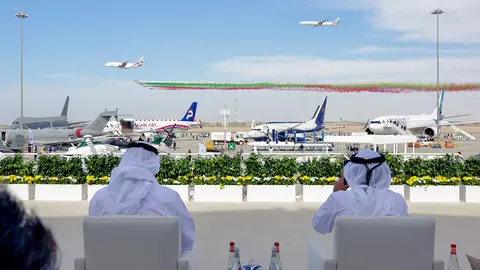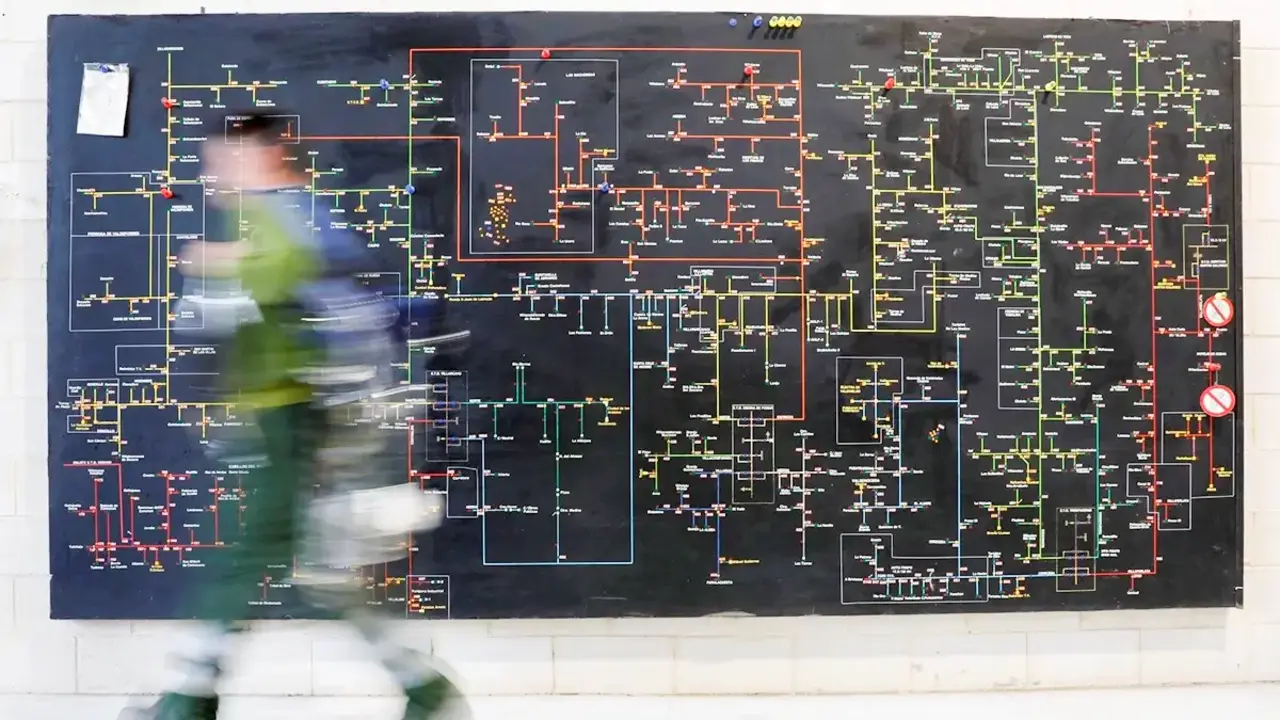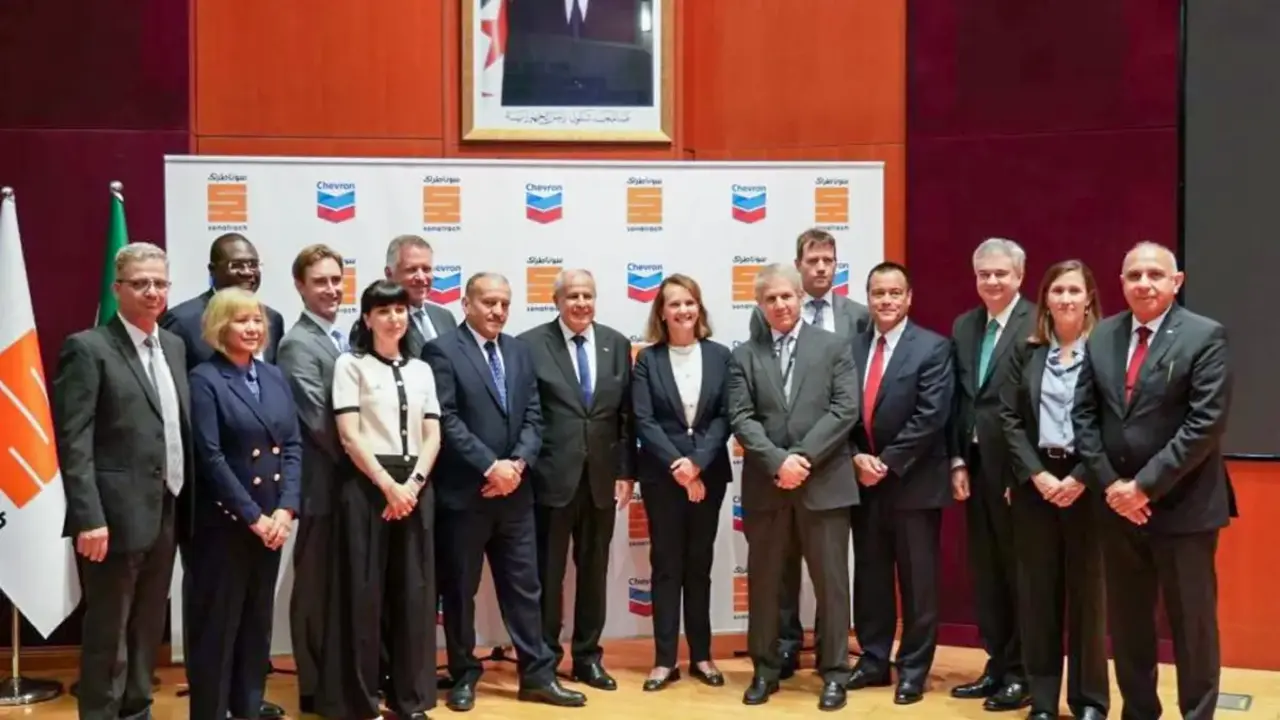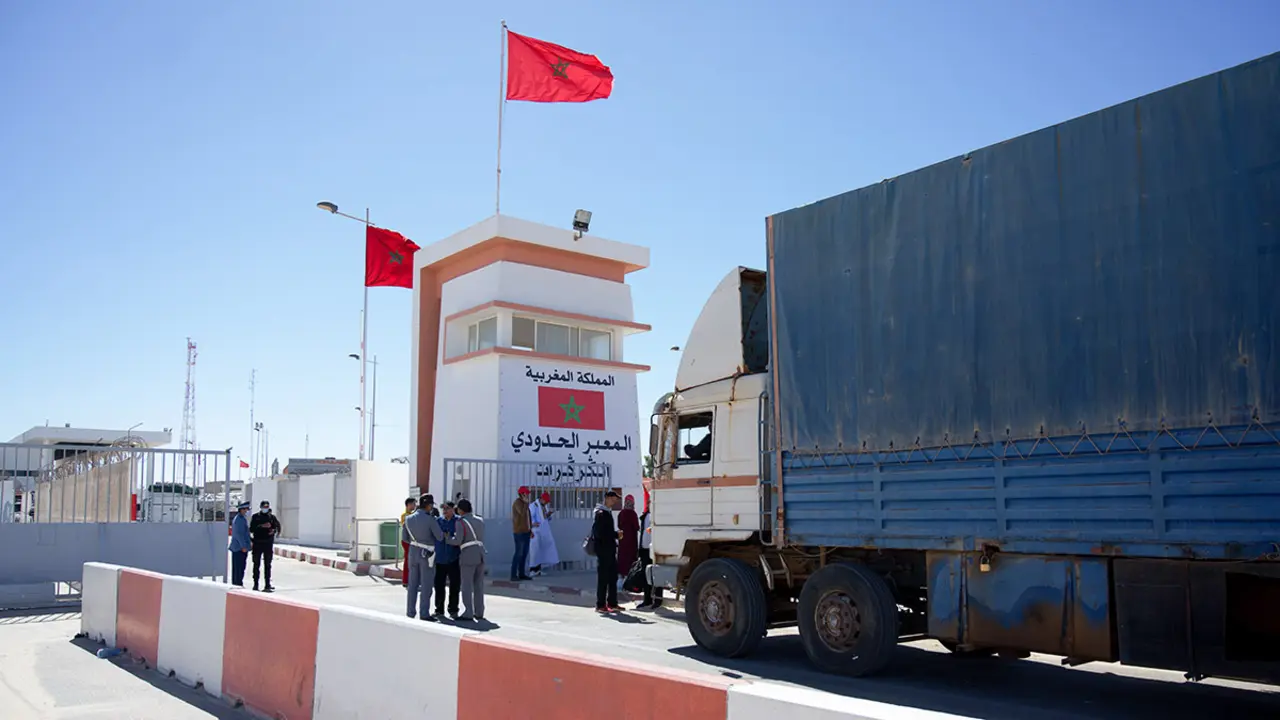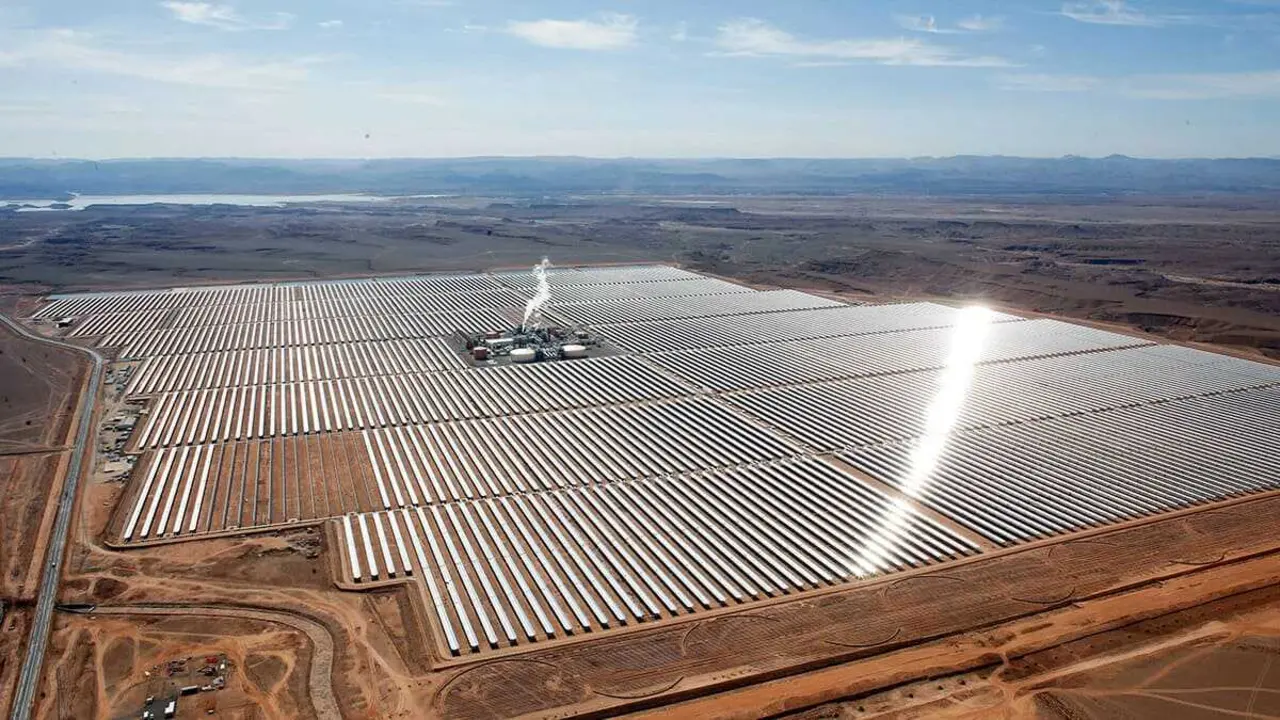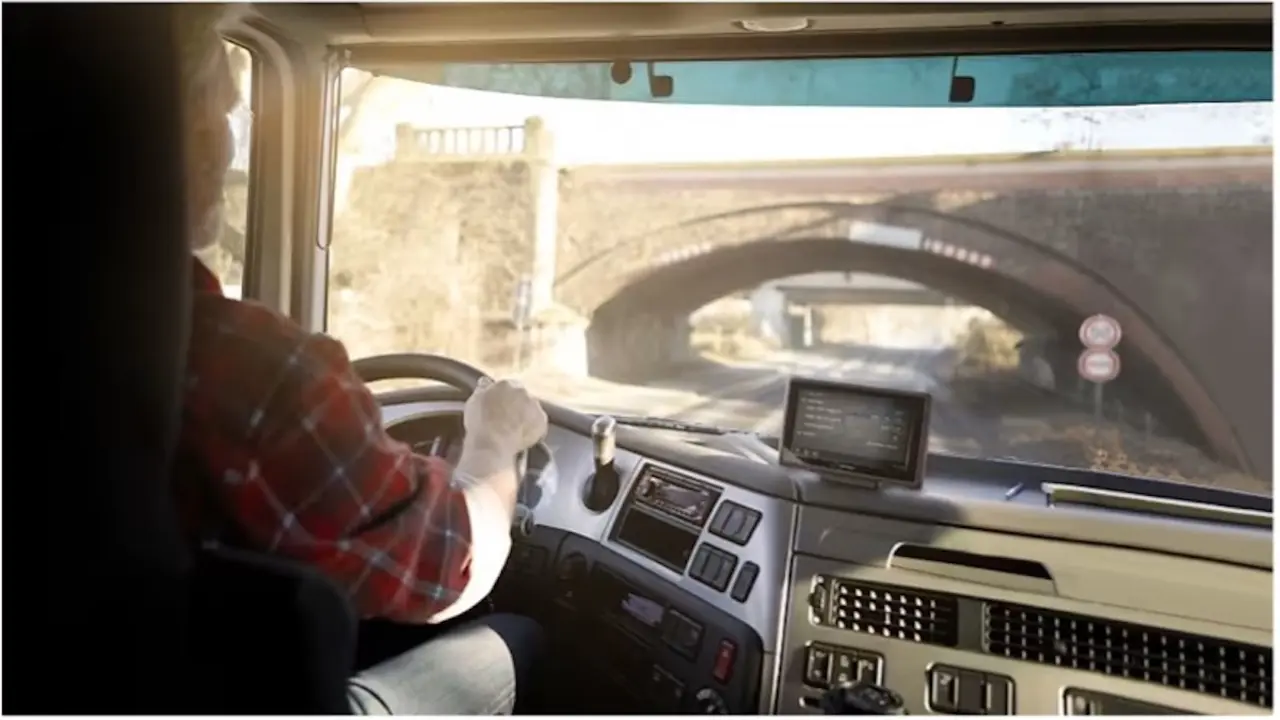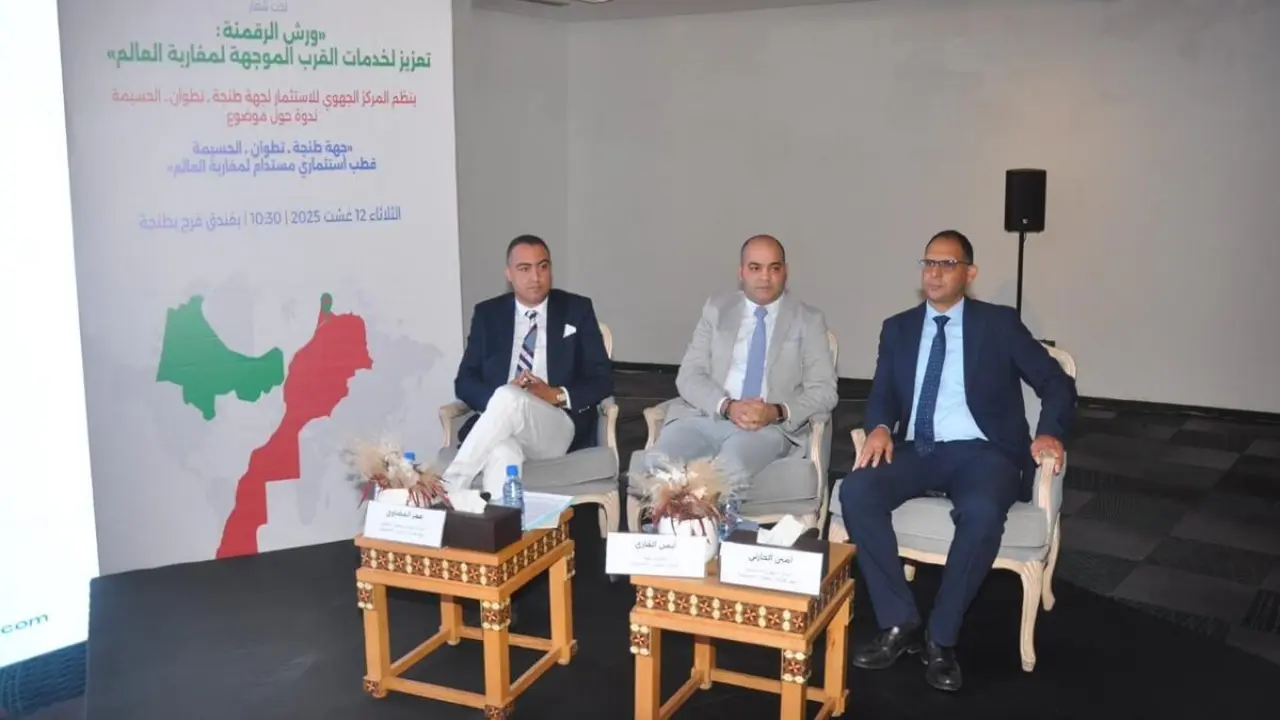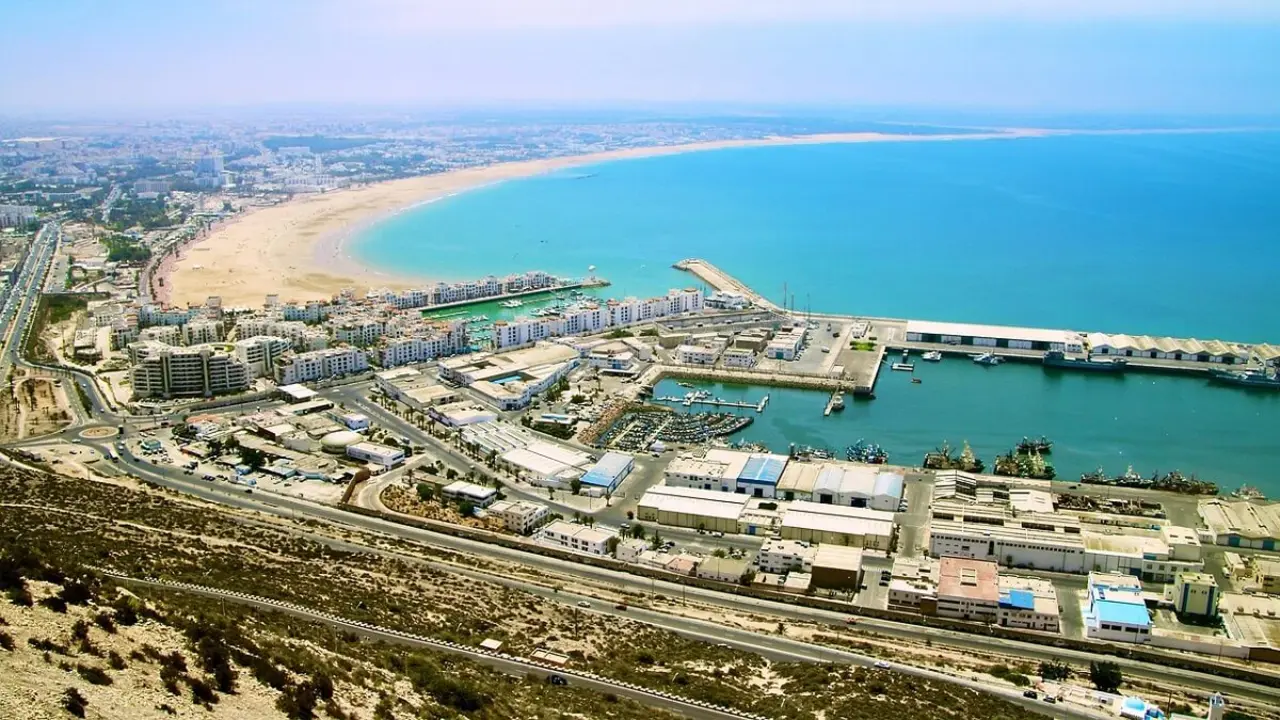Airbus confirms A400M leadership in a more hostile world
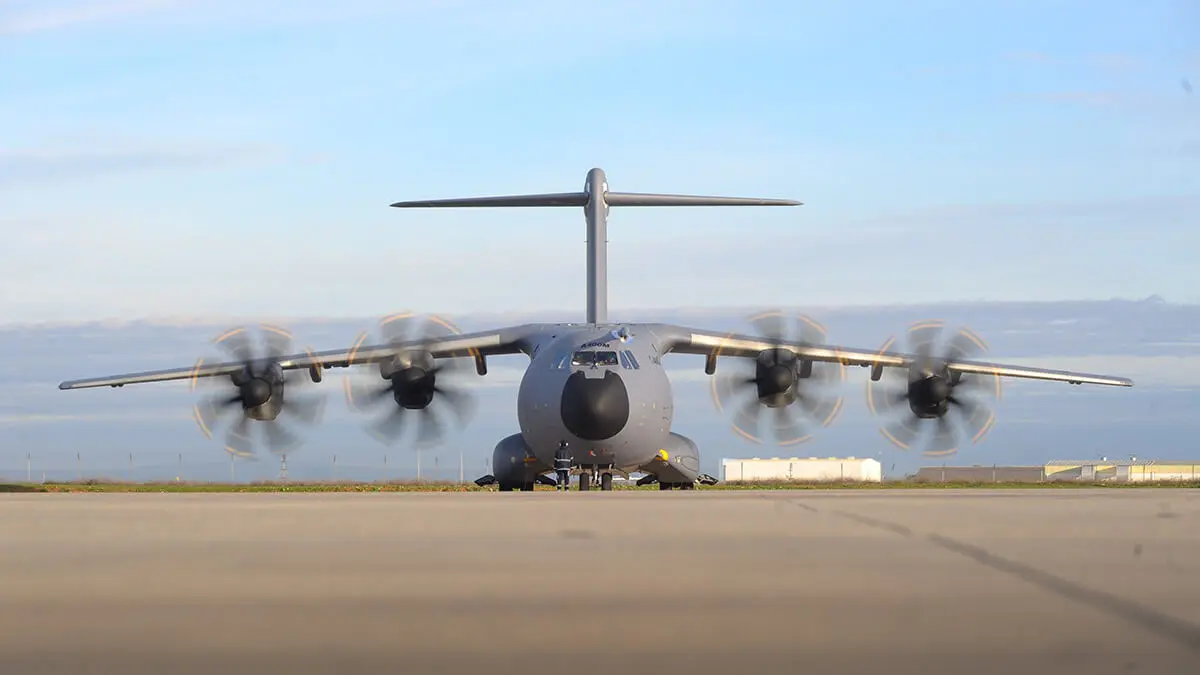
The Airbus plant in San Pablo, Seville, shows visitors why it is an extremely important enclave in the logistics of the multinational's military aerospace industry.
In this plant of approximately 1,000,000 m2 the A400M is produced, tested, flown and delivered and there is also a line for the final assembly of the C295. Being inside Seville airport gives them precisely that relevant competitive advantage because there Airbus technicians carry out all the tests of their military aircraft and the customer also receives a test run before final delivery.
From the air, the Airbus infrastructure in the city of Seville boasts a size that is sufficiently impressive not to go unnoticed: almost 8,000 employees work there, each responsible for the various stages of production of the two military aircraft. The facility also includes the Airbus International Military Aircraft Training and Delivery Centre.
The A400M is a four-engine turboprop transport aircraft and the C295 is a twin-turboprop. In this exclusive interview with managers and executives responsible for the manufacture of both military aircraft, Airbus' leadership in the military aerospace industry in Seville is evident.
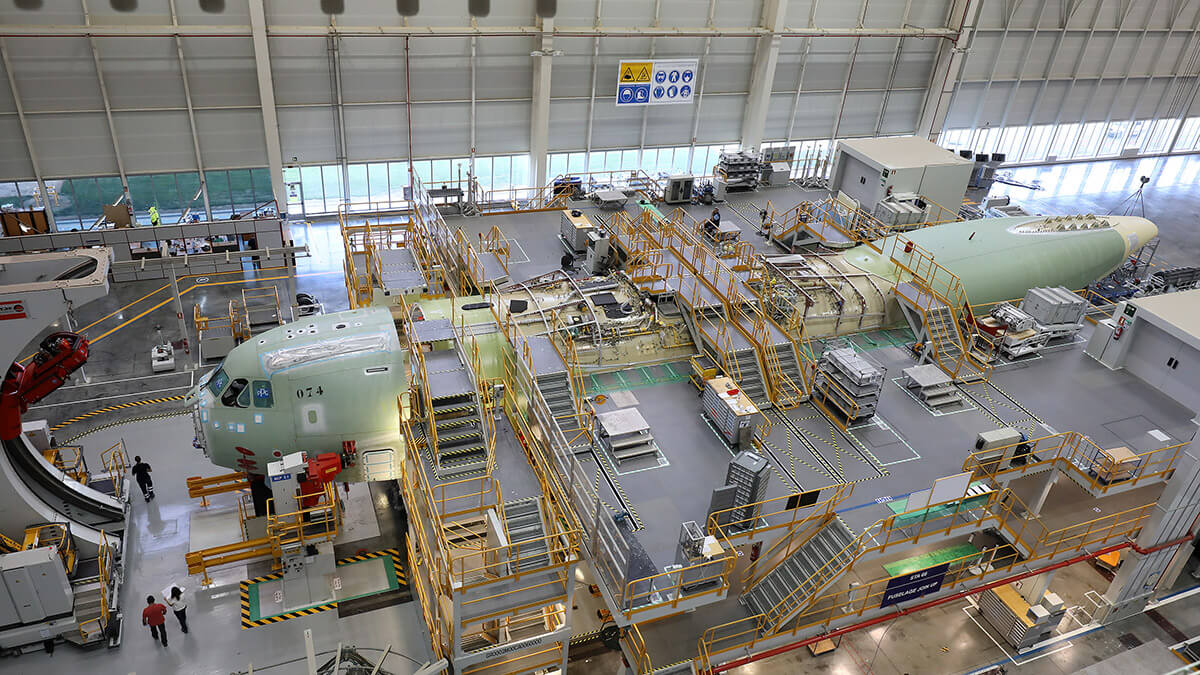
In this first part, we spoke with Jerónimo Amador Zambrano, head of Marketing for the A400M and A330MRTT, and Jacinto Cano Escudier, head of Production Control and Planning for the A400M Final Assembly Line.
Of the A400M assembly process, Cano Escudier explains that the semi-structures that arrive in Seville are produced in different European countries: "The horizontal stabiliser structure comes from Tablada; the vertical stabiliser comes from Stade, in northern Germany; the planes come from Filton, United Kingdom; the fuselage also comes from Bremen, Germany; the cabin-jet arrives from Saint Nazaire, in France, and the TP400 engines are from the EPI (EuroProp Industry) consortium and arrive from Berlin".
While in the air the Airbus A400M Atlas has personality and stands out for its four turboprop engines, on the ground it is an imposing aircraft; among the military it is known as the "Grizzly" and is increasingly present in humanitarian aid missions because it has the characteristic of being a very efficient long-range military transport aircraft that also has a tanker.
"The A400M is the multi-mission tactical aircraft of the 21st century and is designed to offer more than the previous generation of tactical aircraft; in other words, the A400M can perform missions that are impossible for other aircraft," says Zambrano.
In the opinion of the executive responsible for A400M marketing, this aircraft was designed to meet the requirements and needs of different air forces, mainly in Europe, with NATO countries.
"And, obviously, it has been extended to other countries. We have an aircraft that has just completed ten years in service, the first delivery to France was in 2013 and we have just completed our first ten years of operation," he says proudly.
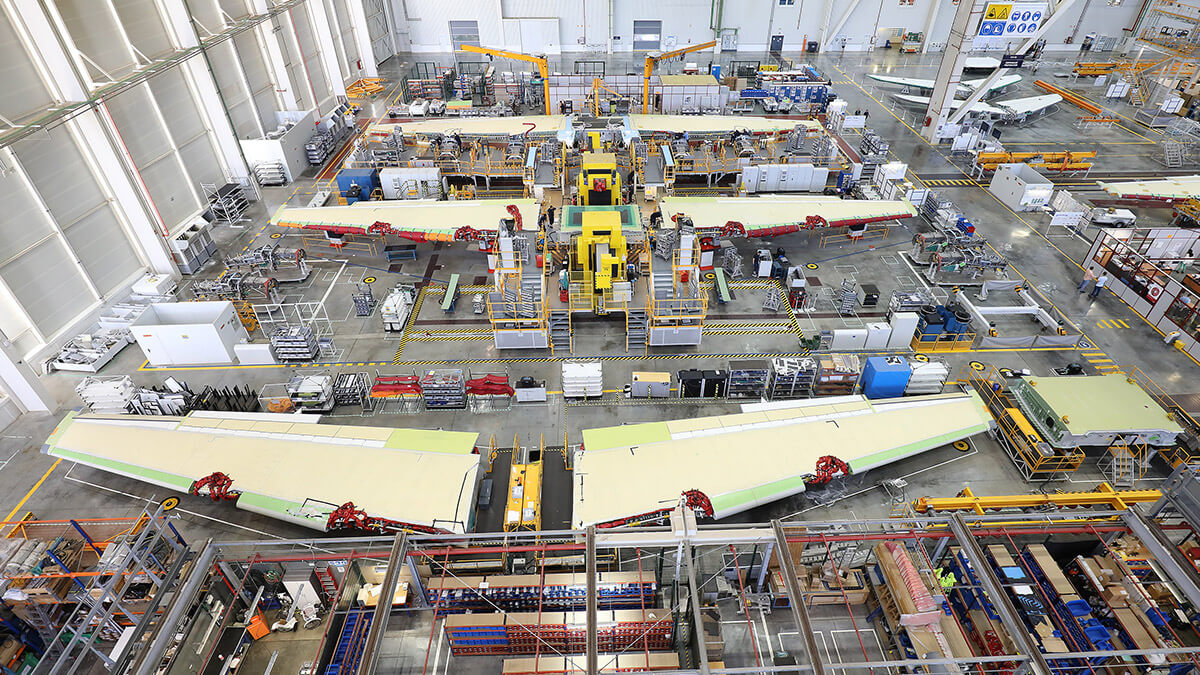
How many A400Ms has Airbus delivered in these ten years?
There are 178. This is an important number because it is an aircraft that is reaching a mature experience in its operation; it has already accumulated more than 170,000 flight hours in all types of missions, at this moment the A400M is giving a good image of all its capabilities. Both in defence and humanitarian missions and has recently participated in missions from the fight against COVID, to humanitarian aid missions in the terrible earthquake in Turkey, Syria and in the evacuation of civilians in Sudan and very recently in the evacuation of people trapped in Israel when the conflict has already broken out.
You can tell just by looking at it that it is an imposing aircraft....
It is nicknamed "Grizzly" because of its colour, its four propellers and it is quite a large aircraft, its capacity is because it is a tanker. It is a plane that has a lot of strength, a lot of capacity... it is a heavy transport plane that allows it to carry heavier loads than other planes that it replaces with up to double the load of medium tactical planes.
It has, continues Zambrano in his explanation, a very bulky cargo space of 4 metres wide by 4 metres high and 300 cubic metres in volume. "The A400M can carry up to 30 tonnes of military and emergency vehicles".
It is also considered a multi-mission aircraft that can be quickly configured as an aerial refuelling aircraft, as a tanker: "It is a very capable aircraft that can fly from very low speeds to 105 knots, where it can refuel helicopters at very high speeds; it can also carry around 51 tonnes of fuel on its wings, which is almost twice as much as other alternatives. That's why the A400M can perform more missions than would otherwise be unthinkable".
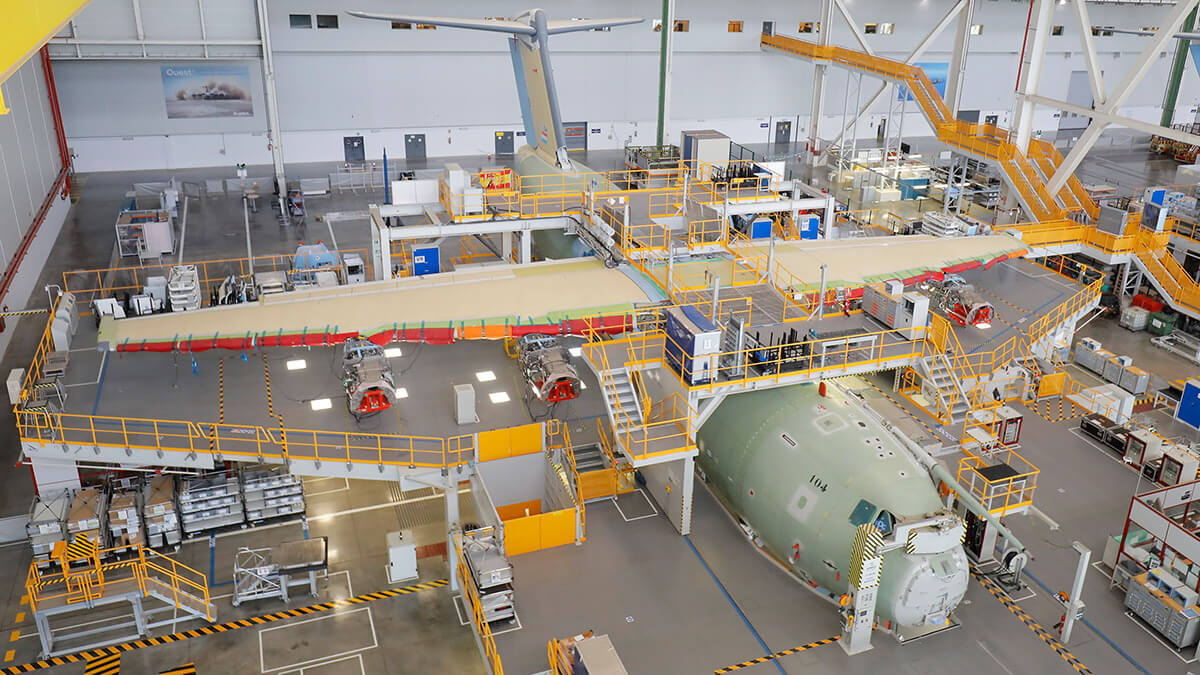
Which countries are the main buyers of the A400M?
The A400M has sold 178 units to date. The initial contract that launched the entire development of the A400M programme was signed with a group of European nations including Germany, France, the United Kingdom, Spain, Turkey, Belgium, Luxembourg, then Malaysia joined and very recently two other countries for Airbus Military, Kazakhstan, which is a leading country in Central Asia, and also Indonesia, which is of geostrategic importance; we have a very close and extensive relationship with Indonesia.
How does the process of purchasing an Airbus A400M military aircraft begin?
First of all, it is a military product and as such it is marketed within the military world; there is a series of equipment and information that is classified because it is equipment and technology that not everyone can have access to. We are in contact with governments, Airbus has a global presence despite its European roots, we are an international company with a presence in 200 countries. In the end, there is regular contact, especially with the Ministries of Defence, and discussions are held... and these are not decisions that are taken from one day to the next, they require a whole process and planning. And we also go to aviation and military fairs.

What is the average price?
It's confidential, we can't say, it depends on multiple factors: the final configuration of the aircraft is designed to offer a flexible capability, it has a basic capability and then a number of optional capabilities: for example, refuelling is not something that every customer wants on every aircraft. This is offered as an additional capability, there are certain technologies that we cannot sell to all countries... the price varies from a number of conditions, however, it is a very cost competitive aircraft because it allows you to do much more than double the load and double the distance.
In this regard, Zambrano explains that several governments are replacing their medium transport aircraft, the C130 Hercules, with the A400M, as is happening, for example, in the Spanish Air Force, which retired its Hercules, or the Belgian Air Force, or in the United Kingdom, the Royal Air Force, which is doing the same thing.
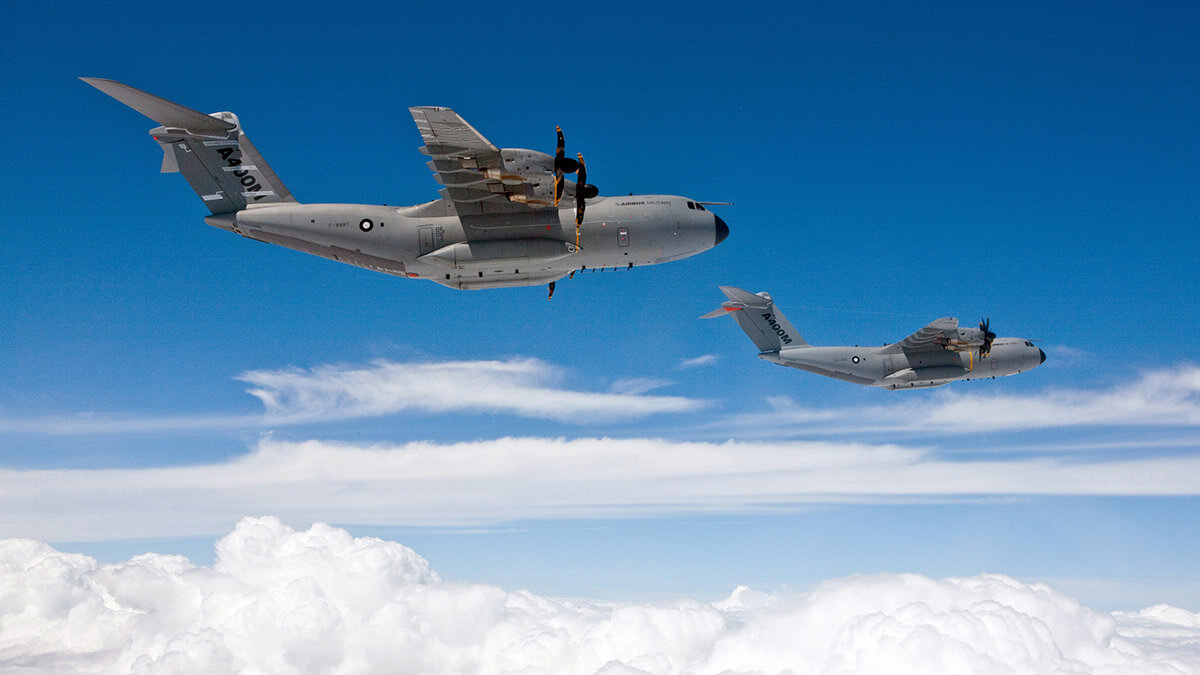
Tell us, with this new Cold War, are you noticing an increase in military aircraft sales?
It is true that the defence market, the marketing of defence equipment is a special market, and also, as I said before, it involves a series of international rules and those of each country; in recent years we have seen the impact, firstly, of the pandemic with the coronavirus and, secondly, of Russia's invasion of Ukraine, and it is becoming increasingly clear that military aircraft are much more than just military aircraft. They are aircraft at the service of the State to help the population in all kinds of emergencies and crises, and then there is also the fact that they are necessary for the defence of a country. I can tell you that Airbus has maintained a constant interest in its military aircraft and we have a solid market.
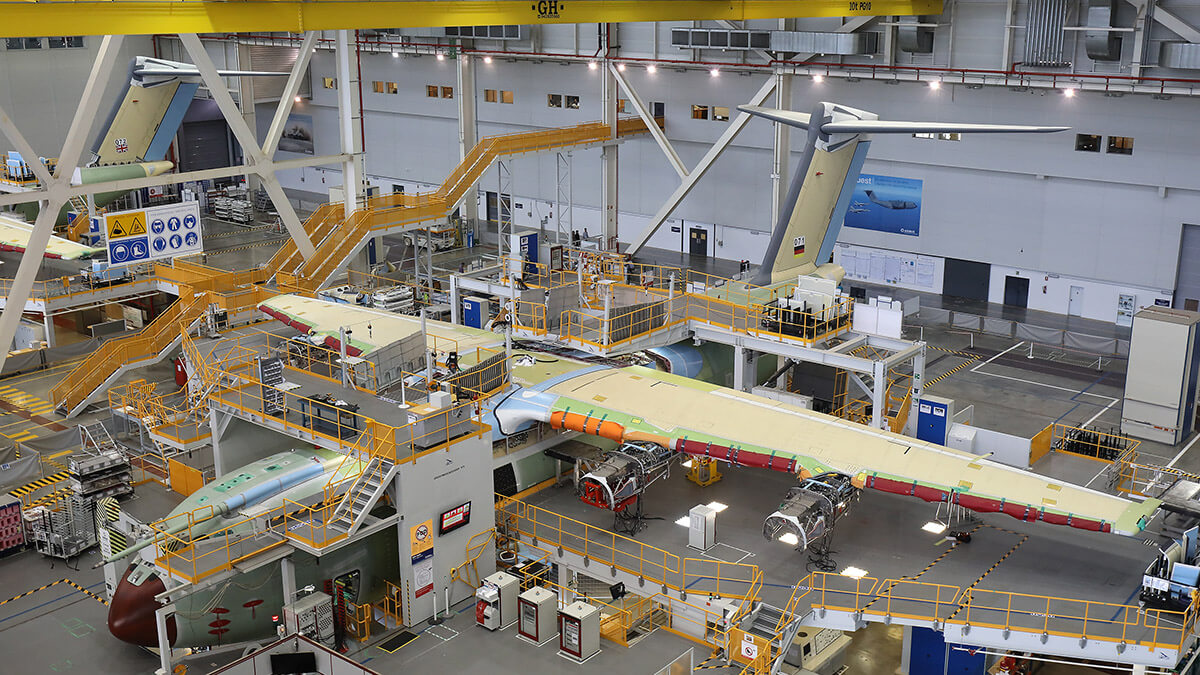
A complex product
As Jacinto Cano Escudier, Head of Production Control and Planning for the A400M Final Assembly Line at the San Pablo plant in Seville, explains, the manufacture of these aircraft is a complex product because it involves a lot of organisation and the functions have to be well delineated and distributed.
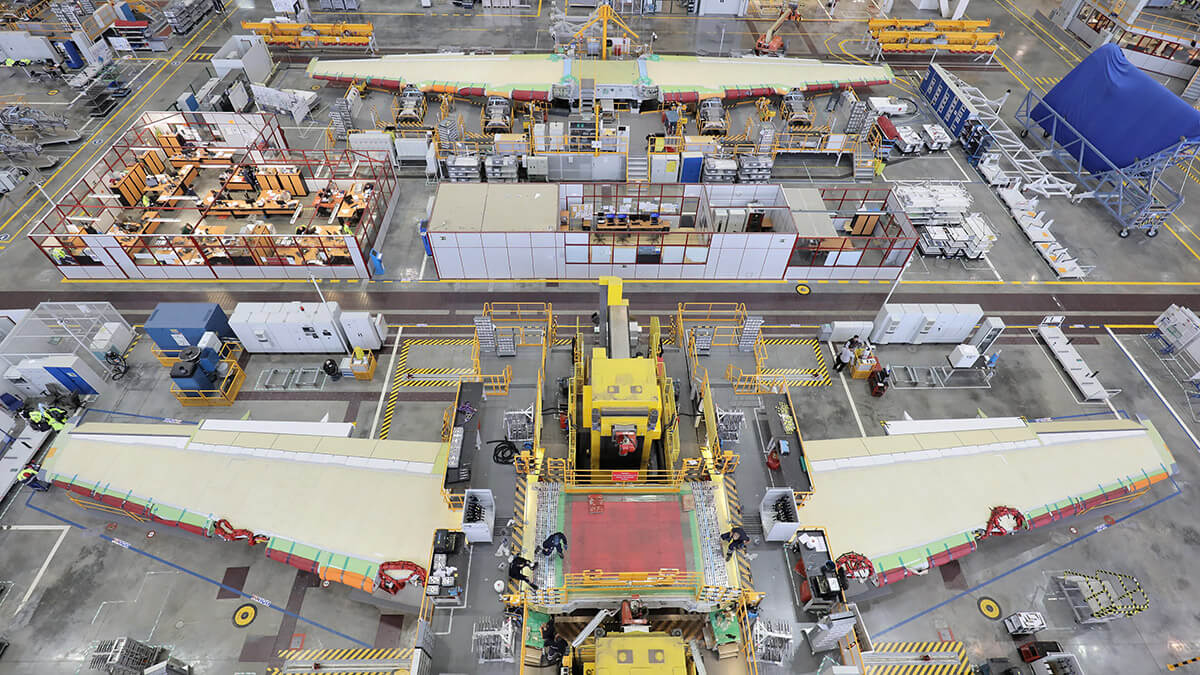
You were telling me about the in situ tests of flying the military aircraft you manufacture...
Yes, both the A400M and the C295. First, it is done by an in-house crew and then with the customer, it is mandatory. It helps us a lot to be close to an airport, we not only manufacture, test and deliver to the customer, we also do training and maintenance.
"In the business lines alone, there are around 1,800 internal staff and almost the same number of subcontracted workers with a capacity of 3,600 people, which also represents the entire functional structure of an Airbus; not only do we have production staff, but also purchasing support, quality, management... safety staff. All the areas that are necessary to support and collaborate with the line of business that we develop," he adds.
According to Cano Escudier, this is where large aircraft structures are received and are formed as they progress along the different lines until the product is finished, tested, flown, certified and ready to be delivered to customers.
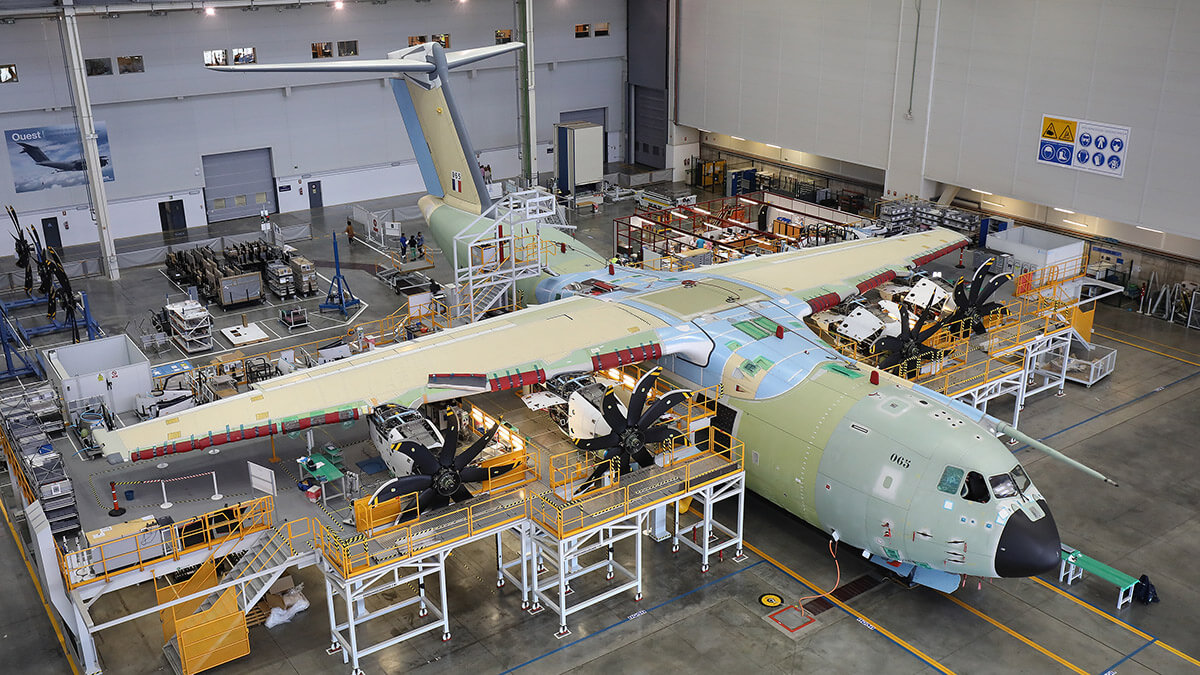
Have you had any accidents during this testing phase?
Yes, unfortunately. There was a fatal accident that took the lives of several colleagues and it was a setback, and all the mechanisms were activated to be able to correct it during the design and integration phase. It has now been rectified.


